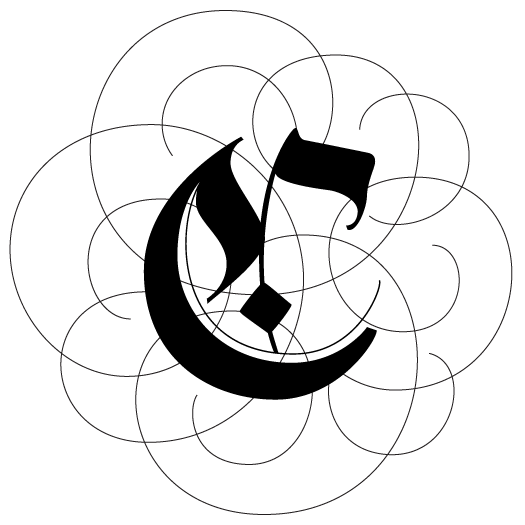Tracing as a Practice Method When Learning Calligraphy
Calligraphy can be super hard when you first start.
You look at a letter, try to copy it, but your body doesn’t quite know how to get the same shape, the same elegant letterform.
It’s often a struggle to train your mind and hand to create what you want, and in these situations, tracing can be your best friend.
I’ve talked to people who don’t like the idea of tracing, and you might think the same way: Why trace? Doesn’t it just teach you how to write the same way someone else writes? What if you don’t want to be copying someone else’s work? What good is it?
The idea is not about copying. It’s about training yourself to really understand the letterforms and teaching yourself the physical movements and pen manipulations necessary to form the strokes of each letter. Tracing also lets you focus on what the forms are supposed to look like so you can begin committing them to your mind and “muscle memory”. Think about it as a method of intently studying the shape of each letter. Your letters aren’t going to look right if you don’t intimately know the shapes you are creating with your pen!
So, if you find you’re struggling, that there’s just some disconnect between your eye and your hand, grab some tracing (or somewhat see-through) paper and go over an exemplar with a pencil or your nib and ink. Be intentional with your practice, and observe how your hand and the pen moves in order to create the same shape. Trace those ideal forms to the point that your hand knows what it’s supposed to do to re-create it. Then go back to forming them entirely from scratch. It’ll make a difference!
What are your thoughts on tracing? Do you find it helpful for your learning process or do you find it pretty useless?

